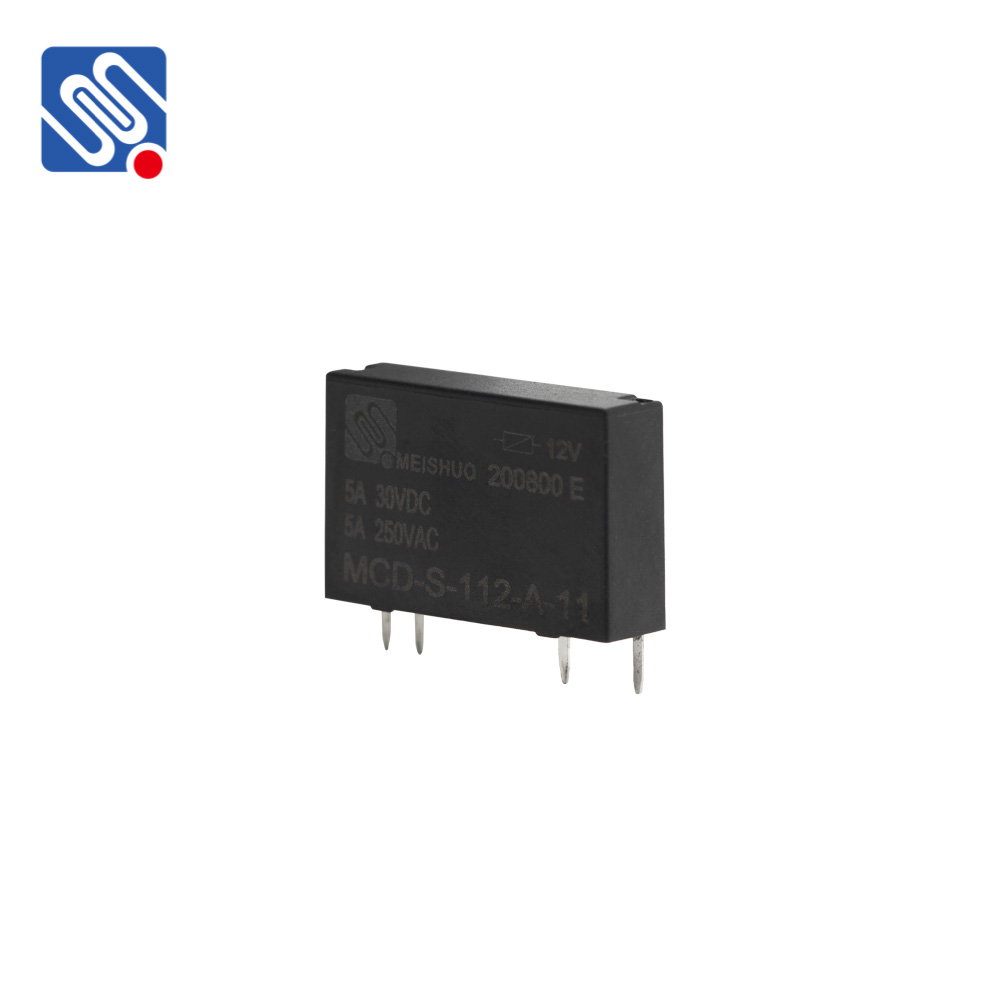relay safety standards: ensuring reliability and protection in electrical systems
Release time:2025-04-12 14:17:50
Relay safety standards are crucial guidelines and protocols designed to safeguard the electrical systems where relays are used, ensuring the safety of both equipment and personnel. Relays play an essential role in electrical networks by acting as protective devices that automatically disconnect faulty circuits, preventing further damage and potential hazards. As technology advances, ensuring these relays meet strict safety standards becomes increasingly important to maintain the reliability of electrical systems. Among the companies contributing to the development and implementation of these standards, Meishuo stands out for its innovative approach to relay safety and protection.

Understanding the Role of Relays in Safety
At its core, a relay is an electrically operated switch that opens or closes a circuit based on an input signal. Relays are widely used in power systems, industrial automation, and consumer electronics. In protective relaying, these devices help detect abnormal conditions such as short circuits, overcurrent, or overvoltage. Once the relay identifies a fault, it sends a signal to a circuit breaker, which disconnects the faulty part of the system, thus preventing damage to electrical equipment and ensuring the safety of personnel.
Safety standards in the context of relays are primarily concerned with the ability of these devices to function correctly under fault conditions. These standards are established by various international organizations, including the International Electrotechnical Commission (IEC) and the Institute of Electrical and Electronics Engineers (IEEE), which ensure that relays are reliable, accurate, and safe.


